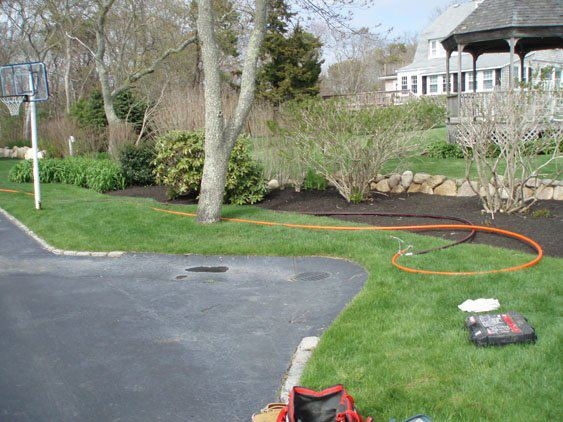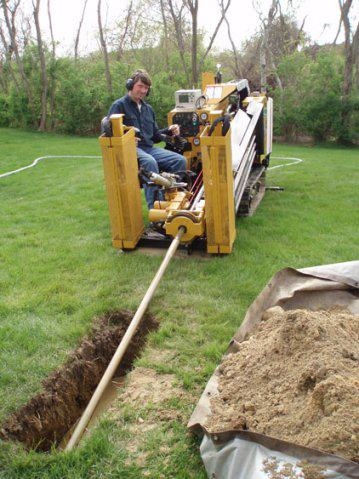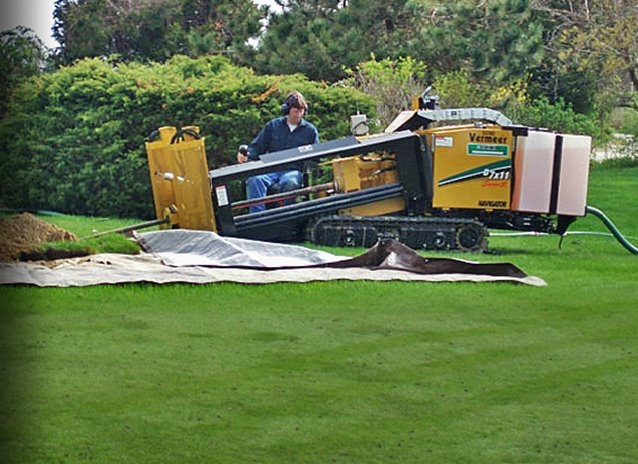Photos











At In Depth Directional Drilling, our primary focus is to give our customers an alternative to the destructive conventional methods of installing underground utilities. This innovative method allows us to install pipes underground while leaving the surface virtually undisturbed. Some examples of situations where directional drilling can be used are: under, roads, buildings, parking lots, and wetlands. Call us today for more information.










